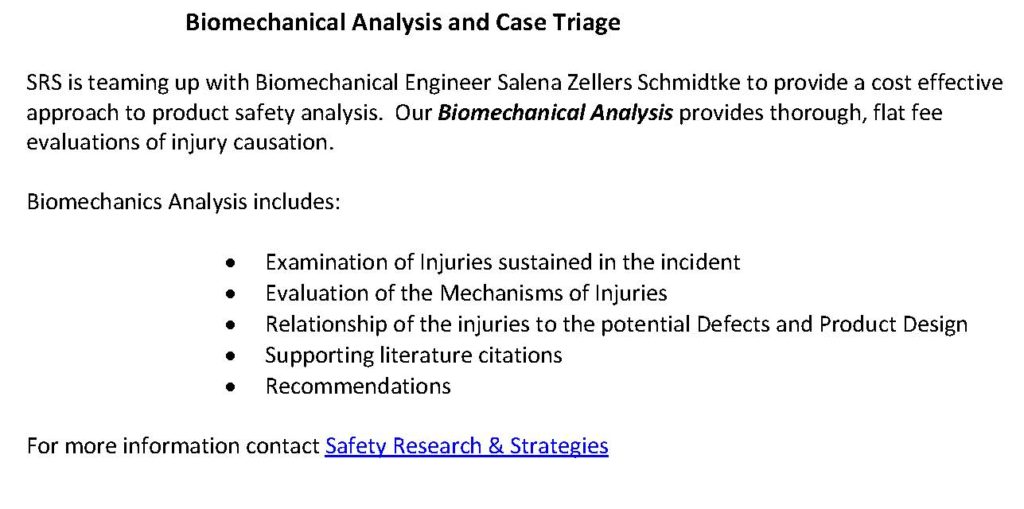The Society of Automotive Engineers resumed its ongoing boxing match over injury causation in rollovers at last week’s SAE Government Industry meeting. In Malibu’s corner was Wayne State and University of Michigan’s Transportation Safety Institute, presenting research supporting the theory of occupant diving as the mechanism of head and neck injury in rollovers – regardless of roof crush.
(For those of you who haven’t followed this 25-year-old scrum, Malibu refers to two sets of experimental rollover tests General Motors conducted in 1983 and 1987 on Chevrolet Malibus. Known as Malibu I and II, the tests were conducted to validate the theory that occupants don’t suffer head and neck injuries because the roof collapses on them, but because the force of the crash propels them into the roof. Over the years, automakers have clung to the Malibu results, despite crash data showing that the number of deaths and injuries in rollover accidents has risen disproportionately, with more than quarter of the accidents involving a serious roof intrusion.)
On the other side was NHTSA, arguing that roof strength is related to injury. It’s refreshing – if ironic – to see NHTSA champion a relationship between intrusion and injury. The agency is a late convert to this view; after years as an adherent of the Holy Gospel of Malibu.
Meanwhile, over at the Transportation Research Board’s Annual Meeting – also last week – research from less likely suspects supported the need for stronger roofs. Continue reading
